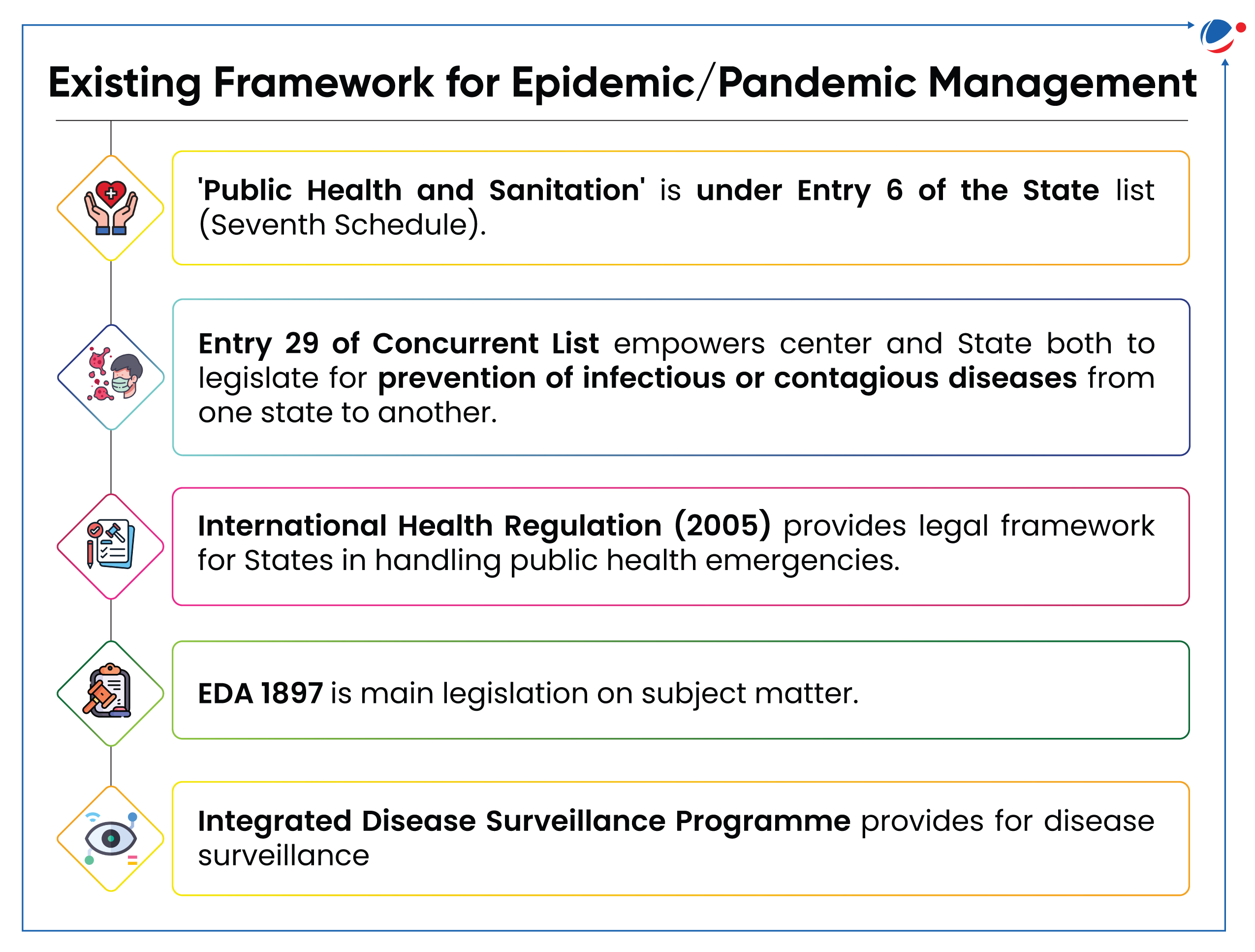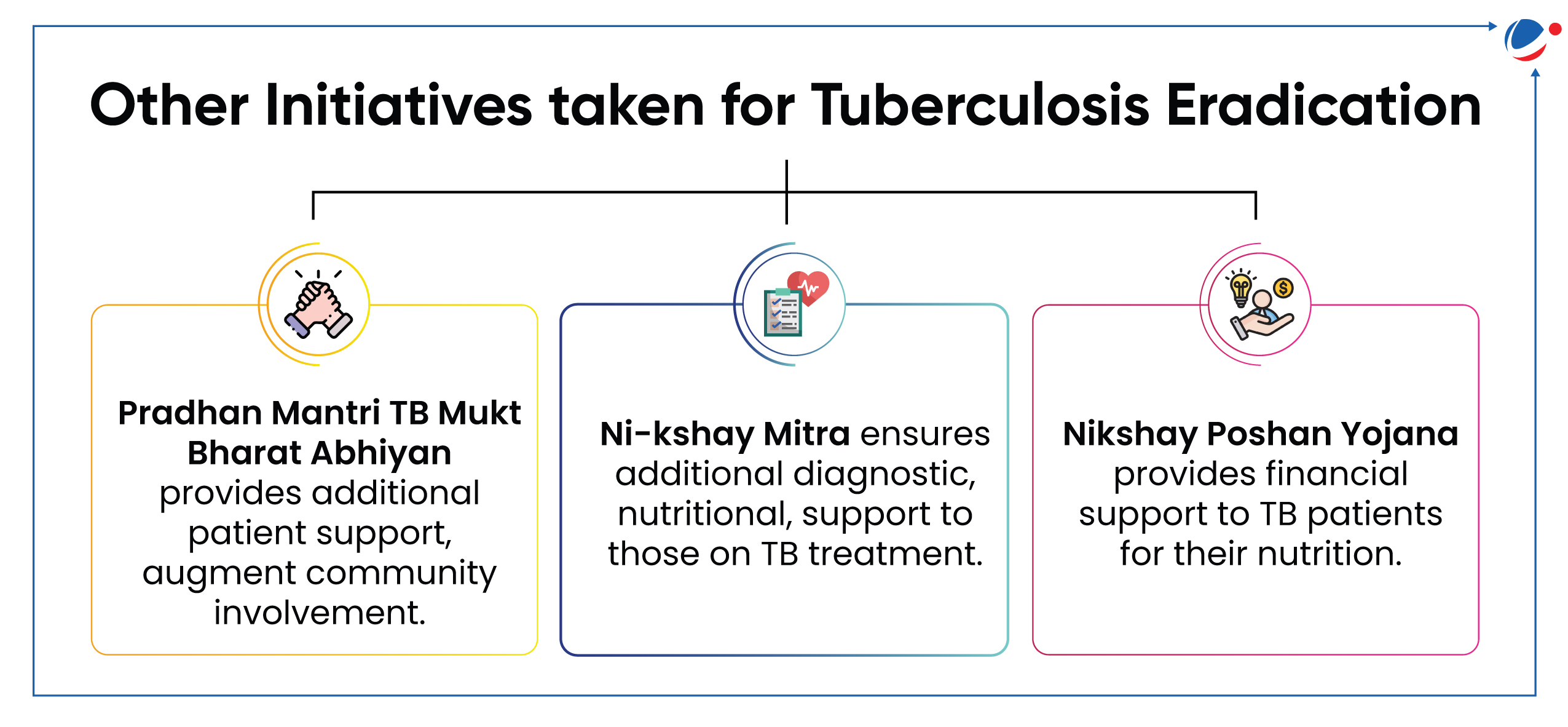Square Kilometer Array (SKA), world’s largest radio telescope in making, has carried out its first observations and became partially functional.
About SKA
- SKA project aims at building world’s largest radio telescope, with eventually over a square kilometre of collecting area.
- SKA will consist of one global observatory, operating two large telescopes (South Africa and Australia).
- Objectives of SKA Telescopes:
- Understand about the birth of Universe.
- Detect Gravitational Waves.
- Understand evolution of Galaxies, Dark matter and Cosmic Magnetism.
- India joined SKA Organization in 2012 as an Associate Member and has actively participated in the pre-construction phase of the SKA telescopes.
Astronomers have discovered the brightest quasar ever observed, named J0529-4351, using European Southern Observatory's (ESO) Very Large Telescope (VLT).
About Quasars
- The word quasar is short for "Quasi-Stellar Radio Source”.
- Quasars are the active galactic nuclei (bright cores of distant galaxies) and they are powered by supermassive black holes.
- They are among the most luminous objects in the known Universe.
- Despite their brightness, due to their great distance from Earth, no quasars can be seen with an unaided eye.
- They emit radio waves, visible light, UV rays, infrared waves, X-rays, and gamma-rays.
Article Sources
1 sourceSaturn’s rings will briefly ‘disappear’ from view in 2025.
- The reason for this temporary disappearance has to do with Saturn’s tilt and an optical illusion.
About Saturn’s rings
- The rings are generally about 30 feet thick.
- Almost completely composed of chunks of water ice, ranging in size from smaller than a grain of sand to the size of a mountain.
- They’re named alphabetically in the order they were discovered. E.g., The main rings are A, B, and C
- Other planets with rings: Jupiter and Uranus.
Report reflects on challenges faced during COVID-19 pandemic and proposes a comprehensive strategy for future pandemic preparedness.
- It emphasizes "One Health" approach to address growing threat of zoonotic diseases.
Issues faced during COVID-19

- Legislative: Provisions of NDMA & Epidemic Diseases Act (EDA) are not entirely suited for a public health emergency.
- Surveillance and Data Management: Multiple data sources were not well-integrated, affecting decision-making.
- Research and Innovation: Research bodies are not linked with industries for rapid development of diagnostics & vaccines.
Key Recommendations
- Governance
- Enacting Public Health Emergency Management Act (PHEMA) to address aspects beyond epidemics, including non-communicable diseases, disasters, and bioterrorism.
- Creation of an Empowered Group of Secretaries on Pandemic Preparedness and Emergency Response (PPER) chaired by Cabinet Secretary.
- Setting up of a special PPER fund.
- Data Management, Surveillance and Early Predictive Warning
- Creating a well-connected/integrated robust surveillance network.
- Building a solid modeling and forecasting network for early prediction.
- Research and Innovation
- Setting up an Institute of Innovation for New Platform technologies and vaccine development.
- Creating Centers of Excellence for Skilling Human Resources in identified gap areas.
Vishanu Yuddh Abhyas, a mock drill on Pandemic Preparedness conducted under National One Health Mission (NOHM).
- NOHM emphases on the "One Health" approach, aims to achieve integrated disease control and pandemic preparedness.
Vishanu Yuddh Abhyas (Virus War Exercise)
- Purpose: To assess the readiness and response of the National Joint Outbreak Response Team (NJORT) involving experts from human health, animal husbandry, and wildlife sectors.
- A mock zoonotic disease outbreak scenario was created to simulate a real-world outbreak.
- Stakeholders: Involved multiple national and state agencies including ICMR, AIIMS Jodhpur BSL-3 Lab, state administrations etc.
Article Sources
1 sourceMinistry of Health and Family Welfare approved new BPaLM regimen consisting of four drugs — Bedaquiline, Pretomanid, Linezolid and Moxifloxacin — has proven to be a safe, more effective and quicker treatment option than previous procedures.
- Earlier, Pretomanid has been approved & licensed for use in India by CDSCO.
- It brings down treatment time to 6 months from earlier duration of 20 months.
- BPaLM regimen was introduced under National TB Elimination Programme and expected to boost the country’s progress to achieve its national goal of ending TB in India by 2025.

About Tuberculosis
- An infectious disease that most often affects lungs and is caused by bacillus Mycobacterium tuberculosis bacteria.
- Bacillle Calmette-Guerin (BCG) vaccine provides immunity against TB.
- As per India TB Report 2024, there were 25.52 lakh notified TB patients in 2023.
Challenges in Tuberculosis Eradication

- Social Stigma leads to delayed diagnosis; High Treatment Costs, Comorbidities with HIV, diabetes; Lack of diagnostics facility in rural areas etc.
Article Sources
1 sourcePistol shrimp (family Alpheidae) exhibit Sonoluminescence by rapidly snapping their claws.
About Sonoluminescence:
- It refers to the phenomenon of producing light through the irradiation of liquids with ultrasonic waves.
- It is formed when bubbles formed by cavitation in liquids interact with powerful sound waves.
- The alternating high and low pressure of sound waves leads to rapid expansion and contraction of bubbles.
- This results in intense temperature rise, ionization of gases within the bubble and release of light energy.
Article Sources
1 sourceNew study highlights the role circumnutations could play in plant growth patterns.
About Circumnutation
- It refers to small, continuous movements made by plants to explore their environments.
- These movements appear as spirals or zigzags.
- Significance: It is an inherent behavior across plant species, allowing them to adapt to environmental conditions and maximize their growth potential.
- E.g., Self-organization of Sunflower: Sunflowers form a zigzag pattern when grown in dense rows, allowing sunflowers to lean away from one another, avoiding shade and maximizing sunlight exposure.
- Researchers found that circumnutation often seems random, with plants moving in unpredictable ways.
Just like we use the internet to communicate with each other and order supplies, trees and other plants have their own network: fungi.
- Scientists refer to this network as “the Wood Wide Web.”
- These are underground fungal threads known as mycelium which connect the roots of plants, allowing them to share nutrients and communicate through chemical signals.
Union Cabinet approved the establishment of National Centre of Excellence (NCoE) for Animation, Visual Effects, Gaming, Comics, and Extended Reality (AVGC-XR).
- NCoE will be set up in Mumbai as a Section 8 Company (Non-Profit Organization) under the Companies Act, 2013.
- NCoE will offer specialized training-cum-learning programs, foster R&D and function as an incubation centre.
About AVGC-XR sector
- Industry currently employs 2.6 lakh people and is expected to create 23 lakh direct jobs by 2032.
- Revenues are expected to cross $26 billion by 2030, up from $3 billion currently.
- Challenges: Lack of standardization, lack of skilling and vocational training centres, etc.
Article Sources
1 sourceQNLP has emerged as a field of research with potentially profound implications for large language modeling (LLM).
About QNLP
- It is the application of quantum computing to natural language processing (NLP).
- NLP gives computers ability to interpret, manipulate, and comprehend human language.
- Need for QNLP: Traditional LLMs excel at processing semantic (meaning-related) aspects of natural language but struggle with syntax.
- Syntax is structural arrangement of words and phrases in a sentence.
- QNLP focuses on grammar (syntax) and meaning (semantics) together, rather than separately as conventional systems do.
- Advantages: Lower energy costs than conventional LLMs, Requiring fewer parameters than their classical counterparts etc.
India's 1st silicon Carbide manufacturing facility to be set up in Odisha
Silicon Carbide (SiC)
- Also known as carborundum, it is an exceedingly hard, synthetically produced crystalline compound of silicon and carbon.
- Properties: Excellent thermomechanical characteristics, including high thermal conductivity, excellent mechanical properties, excellent resistance to wear and oxidation.
- Applications: semiconductor devices, mechanical seals, structural ceramics, heat exchangers, optical mirrors, ballistic armor, etc.
Polaris Dawn Mission is a privately funded and operated mission planned by Jared Isaacman with SpaceX.
- Recently, Polaris Dawn has travelled through Earth’s regions of high radiation, i.e., South Atlantic Anomaly and Van Allen Radiation Belt, to study space radiation's impact on human health.
Van Allen Radiation Belt
- Earth’s magnetosphere traps the high energy radiation particles and shields the Earth from solar storms and solar winds that can damage technology as well as people living on Earth.
- These trapped particles form two belts of radiation (inner and outer), known as Van Allen Belts, that surround the Earth.
- Inner belt results from interactions of cosmic rays with Earth’s atmosphere and Outer belt is made up of billions of high-energy particles that originate from Sun.
- It was discovered in 1958 by astrophysicist James Van Allen.
- These trapped particles form two belts of radiation (inner and outer), known as Van Allen Belts, that surround the Earth.
- Astronauts and spacecraft must fly through Van Allen Belts to reach outer space, so it is important to fly through this region quickly to limit their radiation exposure.
- NASA plans to use its upcoming Artemis missions to send astronauts beyond Van Allen Radiation Belt to land on South Pole of Moon by end of 2025, and eventually on to Mars.
South Atlantic Anomaly
|
Union Cabinet has approved the development of Venus Orbiter Mission (VOM).
- VOM, to be accomplished by Department of Space, is envisaged to orbit a scientific spacecraft in the orbit of planet Venus.
- ISRO will be responsible for development of spacecraft and its launch, which is scheduled in March, 2028.
- Budget: Rs. 1,236 Crore, out of which Rs 824 Crore will be spent on the spacecraft.
- Significance:
- Better understanding of Venusian surface and subsurface, atmospheric processes and influence of Sun on Venusian atmosphere.
- Understand evolution of sister planets, both Venus and Earth.
- Enable India for future planetary missions with larger payloads, optimal orbit insertion approaches.
- Large employment potential and technology spin-off to other sectors of economy.
About Venus
- Venus is Earth’s nearest planetary neighbour and is considered as ‘Earth’s-twin’ due to similar size and shape.
- It has a radius of 6,052 km, an orbital period of 224.7 Earth days, and is located 108.2 million km (0.72 AU) from the Sun.
- Venus’ thick atmosphere traps heat creating a runaway greenhouse effect – making it the hottest planet in our solar system.
- Venus is permanently shrouded in thick, toxic clouds of sulfuric acid.
- Phosphine, a possible indicator of microbial life, has been observed in the clouds.
- Venus, along with Uranus, rotates from east to west, while all other planets rotate west to east.
Missions to Venus | ||
| Mission (Year) | Highlights |
Past Missions | Mariner 2 (1962, USA) | First spacecraft at Venus. Detected no magnetic field. |
Venera 7 (1970, Soviet Union) | First successful soft landing on another planet (Venus). | |
Magellan 1990, USA) | First near-global radar mapping of Venus' surface. | |
Akatsuki (2015, Japan) | Studying Venus' atmosphere. | |
Future Missions | NASA’s DAVINCI - Venus Flyby and Probe (2029) and VERITAS - Orbiter (2031), EnVision - ESA’s Venus Orbiter (2031). | |
Article Sources
1 sourceUnion Cabinet gave approval for Chandrayaan-4 Mission, a successor to Chandrayaan-3 which demonstrated soft landing on Moon.
About Chandrayaan 4
- It aims to develop and demonstrate key technologies for landing on the Moon, collecting lunar samples, and returning to Earth safely.
- It will achieve the foundational technologies capabilities eventually for an Indian landing on the moon (planned by year 2040) and return safely back to Earth.
- ISRO will be responsible for the development of spacecraft and launch.
- Timeline: Expected to be completed within 36 months.
- Budget: ₹2104.06 crore.



